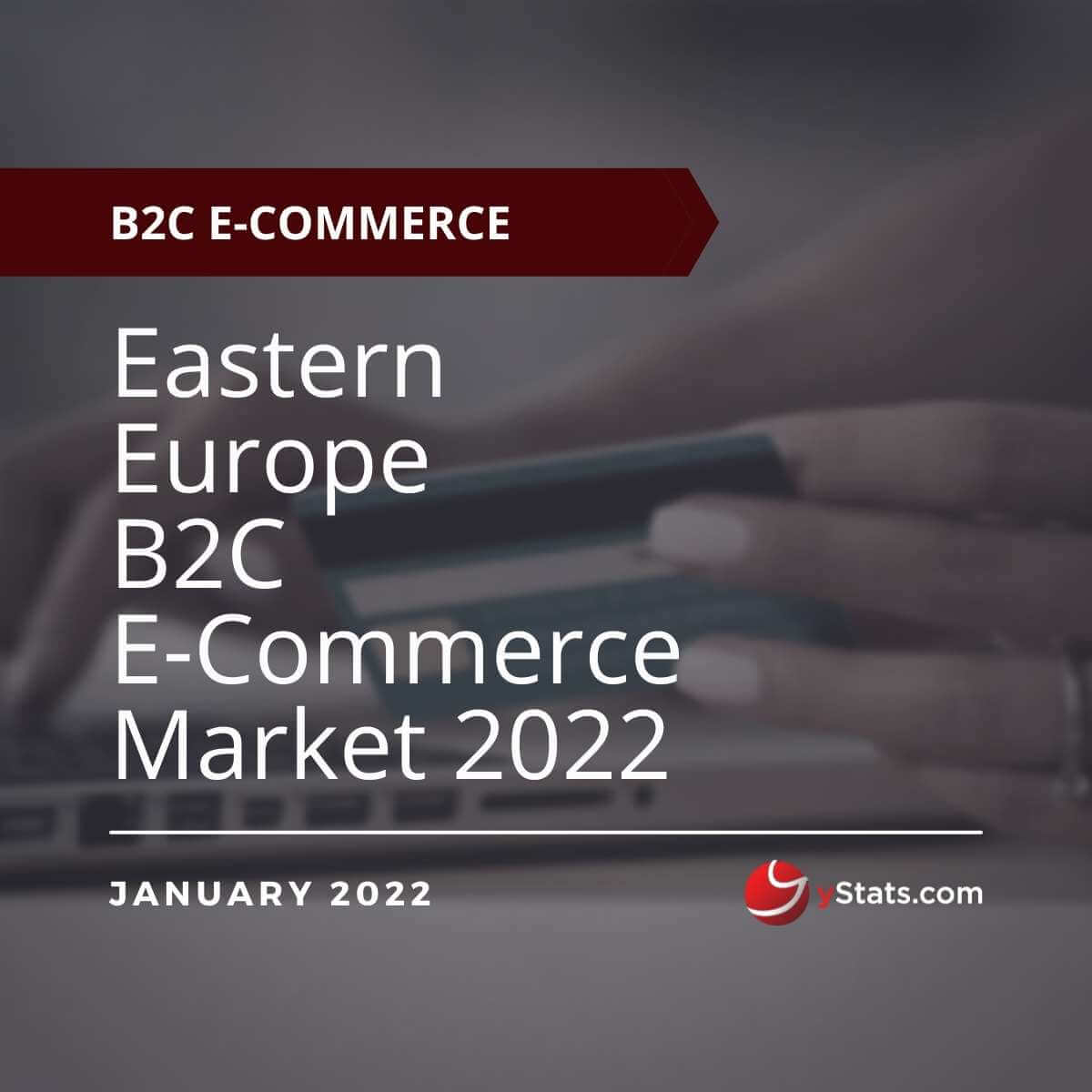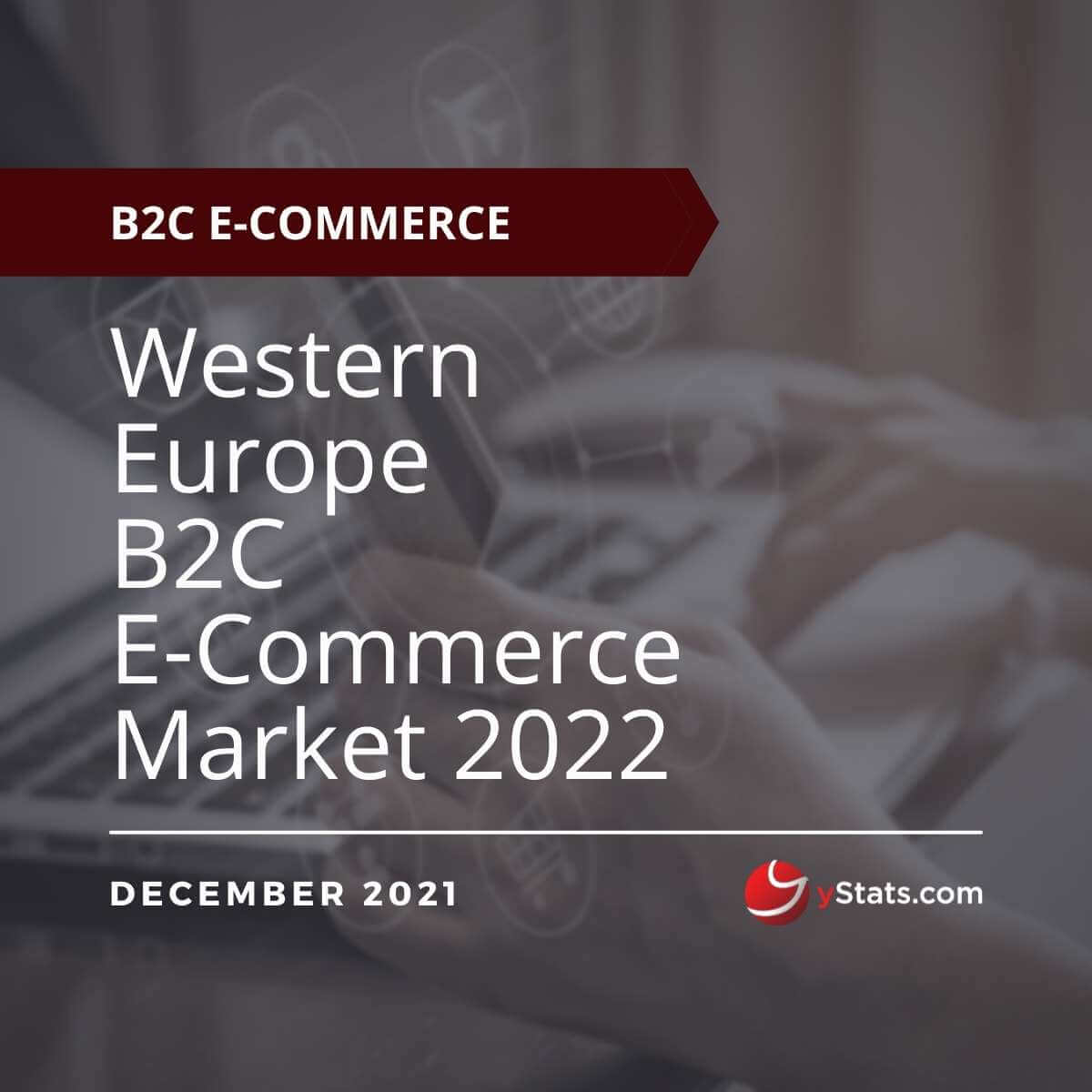Description
Countries Covered: Czech Republic, France, Germany, Greece, Hungary, Italy, Poland, Romania, Russia, Spain, Turkey, United Kingdom
Pages: 181
Publication Date: 18/01/2022
Questions Covered in the report:
- How did the online shopper penetration rates in Europe develop between 2015 and 2020?
- What was the E-Commerce sales value of Top 500 European online retailers in 2020?
- How are the European advanced markets compared to other global markets that are expected to improve their B2C E-Commerce sales value in 2021?
- What are the 2025 forecast numbers for B2C E-Commerce market size and its share in the whole retail market in Western Europe?
- How much sales did the largest B2C E-Commerce market player generate in 2020?
Key Findings:
The United Kingdom is expected to rank third globally in B2C E-Commerce sales in 2021: new yStats.com report.
E-Commerce sales revenue of top European online retailers saw a tremendous increase of almost 40% y-o-y in 2020, amid COVID-19
Due to the COVID-19 pandemic and enforced restrictions in Europe, the retail market experienced significant changes, namely, digitization of operations in 2020. Many businesses/retailers in the region decided to invest in E-Commerce. So, in 2020, the revenue of top European online retailers witnessed a considerable growth of about 40% from 2019, among which were specialist merchants VanMoof and Fenton, the fastest-growing online retailers in 2020. The major markets in the region as well have seen tremendous developments in the online retail market, meaning the UK still remained the leader in Europe in terms of B2C E-Commerce market and it saw over a 30% of y-o-y growth in 2020. In 2021, the market share of B2C E-Commerce in the UK was expected to reach almost a third of retail sales and is predicted to rank third globally in sales volume, after China and the USA. Another advanced market, Germany, had its B2C E-Commerce market increased by more than 20% y-o-y in 2020. And in the global rank, by its value, Germany was estimated to be the sixth compared to other countries in 2021. In Spain, B2C E-Commerce values peaked in Q4 2020, however, compared to the same period the previous year, though the increase there was not as substantial as in other Western European neighbors. Furthermore, a considerable part of overall B2C E-Commerce sales value in Spain was from transactions from Spain to abroad.
Hardware and Food/beverage product categories experienced the fastest year-on-year growth in Europe in 2020
Consumer behavior rapidly changed after the onset of COVID-19, and the preference for what to buy online and what not to vary by country. However, in the region overall, among the top fastest-growing online product categories in Europe were hardware, food/beverage and health/beauty in 2020, according to a survey cited in the new yStats.com report. Taking a deep look at each market reveals some other details. Generally, in most markets of Europe clothes, shoes & accessories and electronics were commonly ranked as the top categories to be purchased when shopping online in 2020. For instance, in the UK, over half of respondents on average purchased clothing, shoes and accessories items online in 2020, which was the leading product category. In Germany, however, the fashion & accessories segment went down to second place, following consumer electronics that in 2020 accounted for almost a quarter of total online sales. Appliances and technology was the top product category to be purchased online in the future, followed by apparel and beauty & cosmetics, as per an October 2020 consumer survey. Technology/communication, entertainment/culture and food were the top 3 product categories purchased online in Spain, according to a June 2021 survey cited in the report. In Russia, the preference for the product segment varied depending on the type of purchase, meaning that when shopping online locally, consumers opted for buying consumer electronics online, and clothes & footwear was the second choice, whereas when purchasing cross-border, clothes & footwear dominated and consumer & electronics’ share decreased.






